Dear Thin Man readers,
Our real-time read-along of The Thin Man starts next Friday 29 November. All the details are here.
In the meantime, here is a little more about Dashiell Hammett.
Samuel Dashiell Hammett was born on a farm in rural Maryland. He left school at fourteen to work as a newsboy and then as an operative for Pinkerton’s National Detective Agency in Baltimore. He worked for Pinkerton’s for five years, with a break to volunteer as an ambulance driver in the First World War.
After the war he began writing stories for the magazine Black Mask about a nameless private investigator called ‘the Continental Op’. With this character, Hammett began to develop and define the hardboiled crime genre.
He wrote five novels: Red Harvest (1929) and The Dain Curse (1929, both starring the Continental Op, The Maltese Falcon (1930) featuring Sam Spade, The Glass Key (1931) about a gambler named Ned Beaumont, and The Thin Man (1934), his last novel, about the married couple Nick and Nora Charles.
The first US edition of The Thin Man carried a photograph of Hammett himself. He was extremely thin and used himself as the model for the character Clyde Wynant, the ‘thin man’ of the title.
In contrast, the first UK edition had a silhouette of the thin man up the narrow spine, with his arm reaching on to the front cover to sign Clyde’s name.
In 1931, Hammett began a romantic relationship with the playwright Lillian Hellman, which lasted until his death. The Thin Man is dedicated to Lillian and she is the model for Nora in the book. In the 1940s Hammett lived with Lillian at her home, Hardscrabble Farm, in Pleasantville, New York.
The Thin Man was immediately adapted into an Oscar-nominated MGM movie, directed by W. S. Van Dyke. It was released within five months of the book’s publication.
Hammett never wrote another novel, but he did work on screenplays for two film sequels: After the Thin Man (1936) and Another Thin Man (1939). There were six films in the Thin Man franchise; the last three were Shadow of the Thin Man (1941), The Thin Man Goes Home (1945) and Song of the Thin Man (1947). All of them starred William Powell and Myrna Loy.
Hammett became involved in communism and was investigated by the House of Un-American Activities Committee in 1951. When he refused to answer any of their questions he was found guilty of contempt of court and blacklisted. He found work in advertising, became increasingly alcoholic and was effectively a recluse by the end of the 1950s. He died in 1961.
Hammett was ‘the ace performer’, said Raymond Chandler. ‘He did over and over again what only the best writers can ever do at all. He wrote scenes that seemed never to have been written before.’
If you’re not planning to read The Thin Man, you can choose to opt out of our Dashiell Hammett conversation. Just follow this link to your settings and, under Notifications, slide the toggle next to ‘The Thin Man’. A grey toggle means you will not receive emails relating to this title.



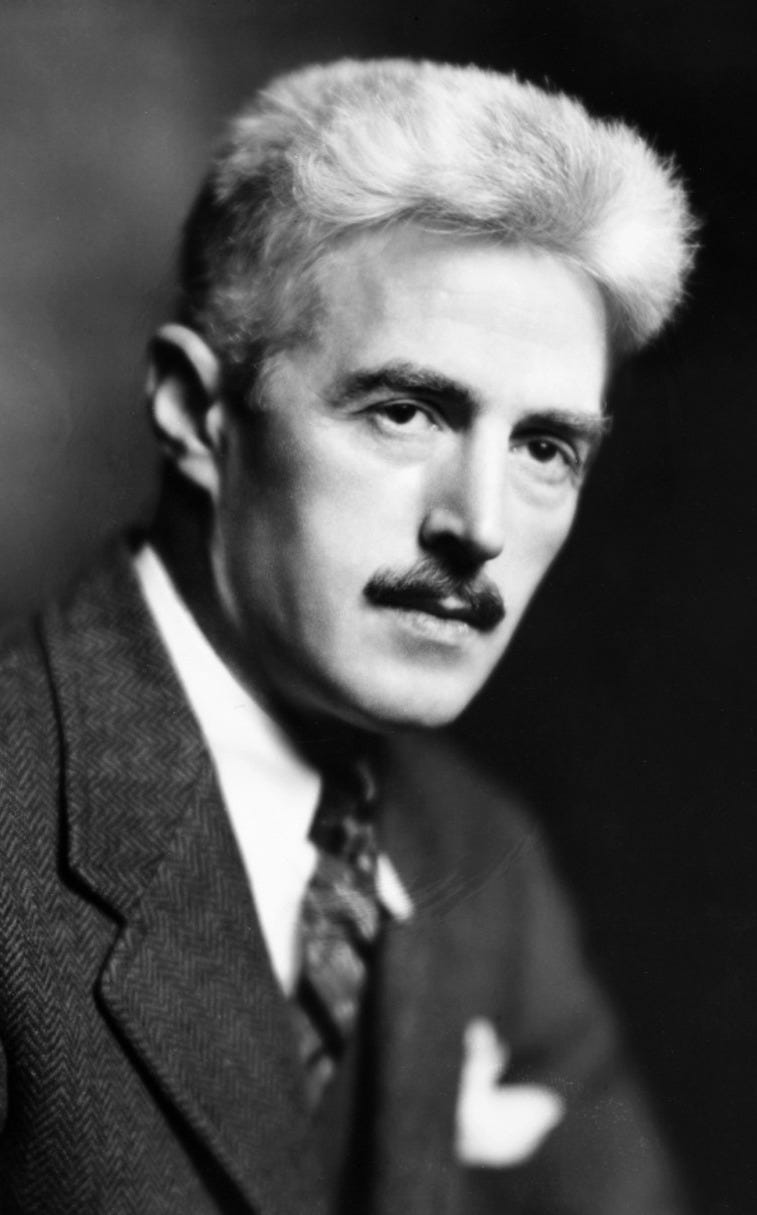
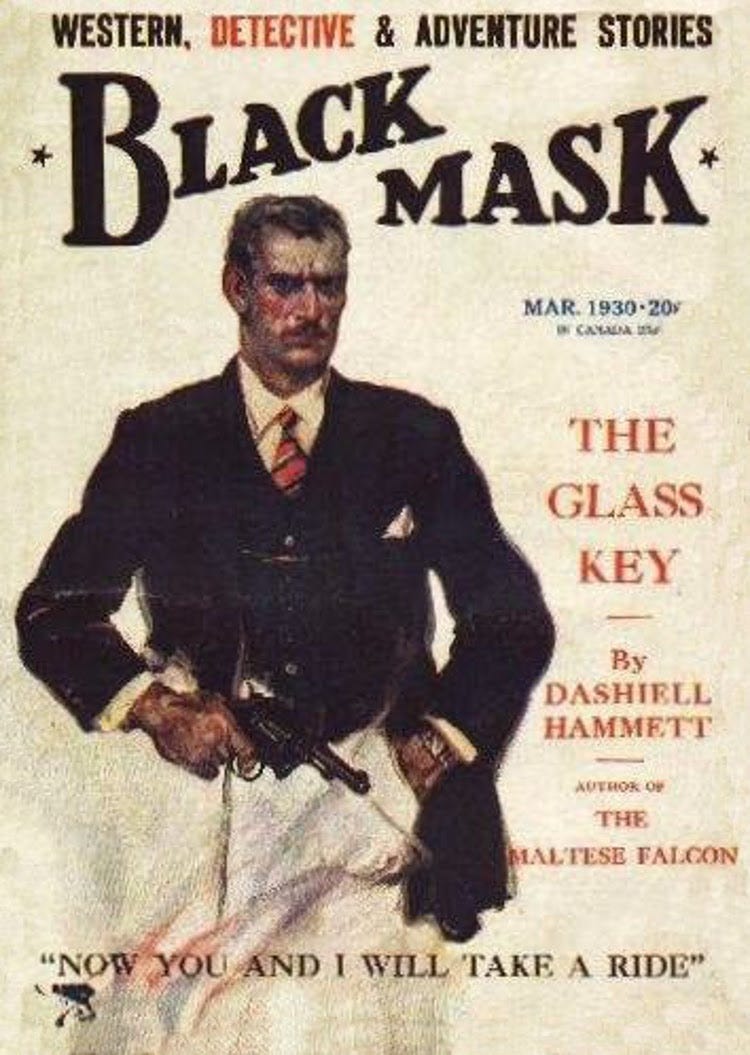

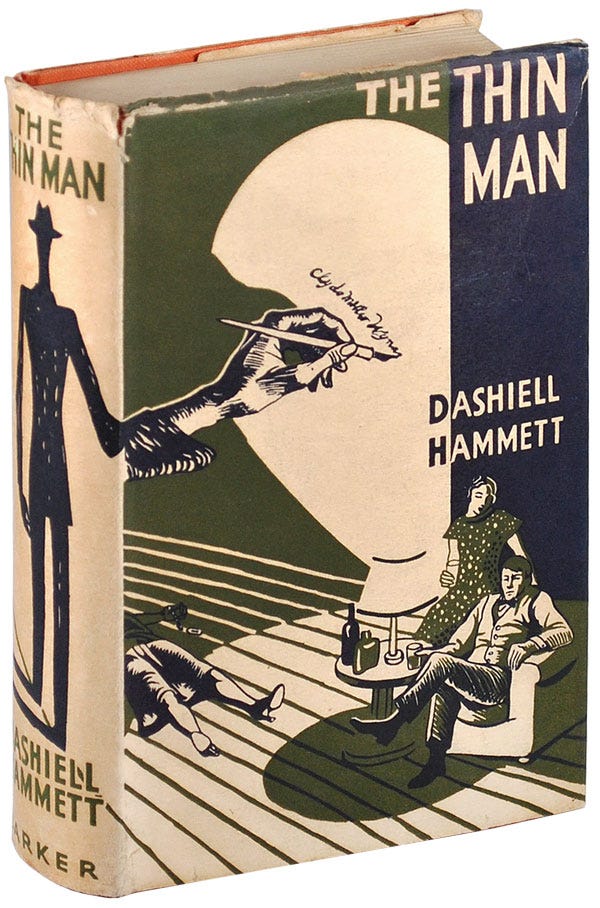
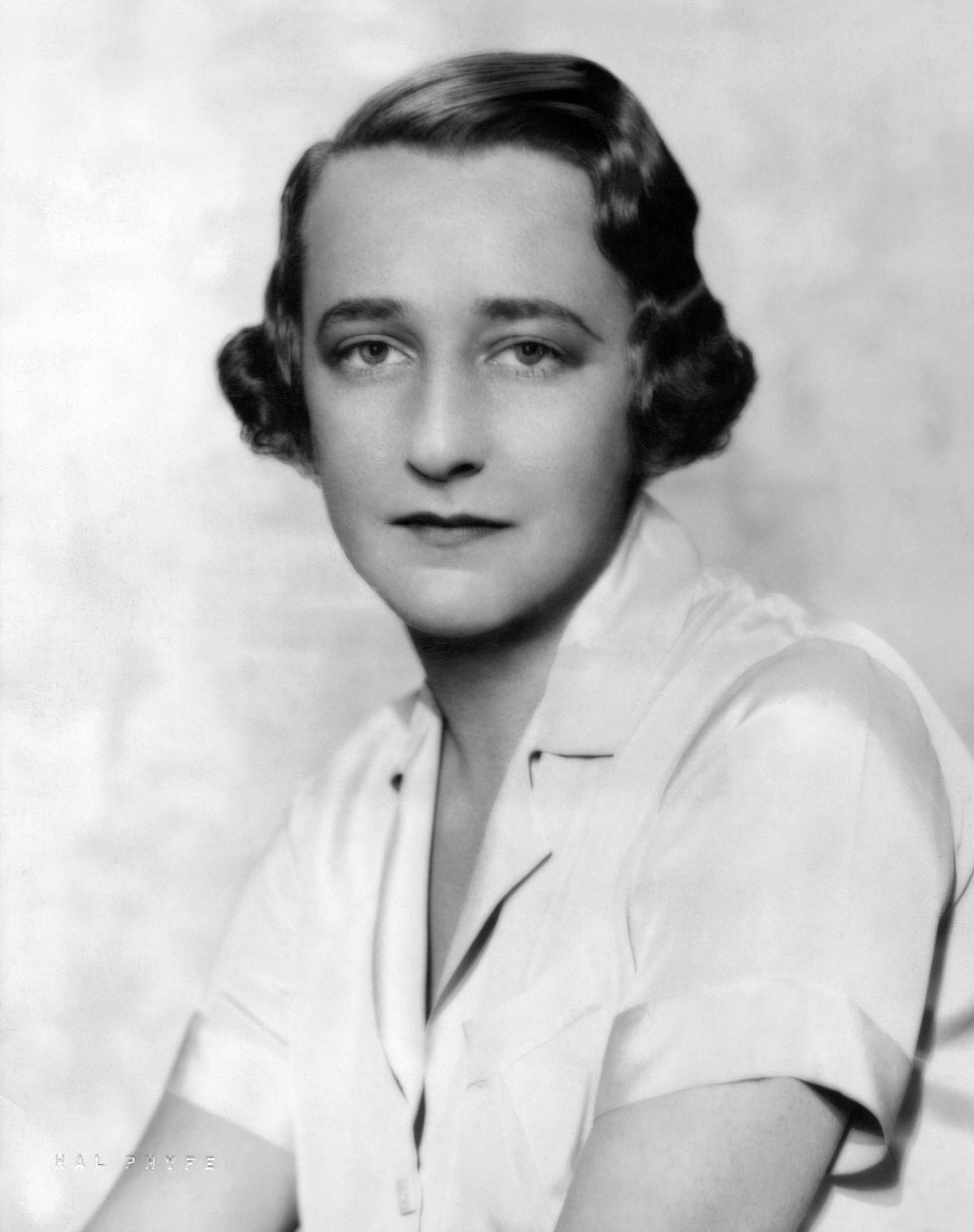
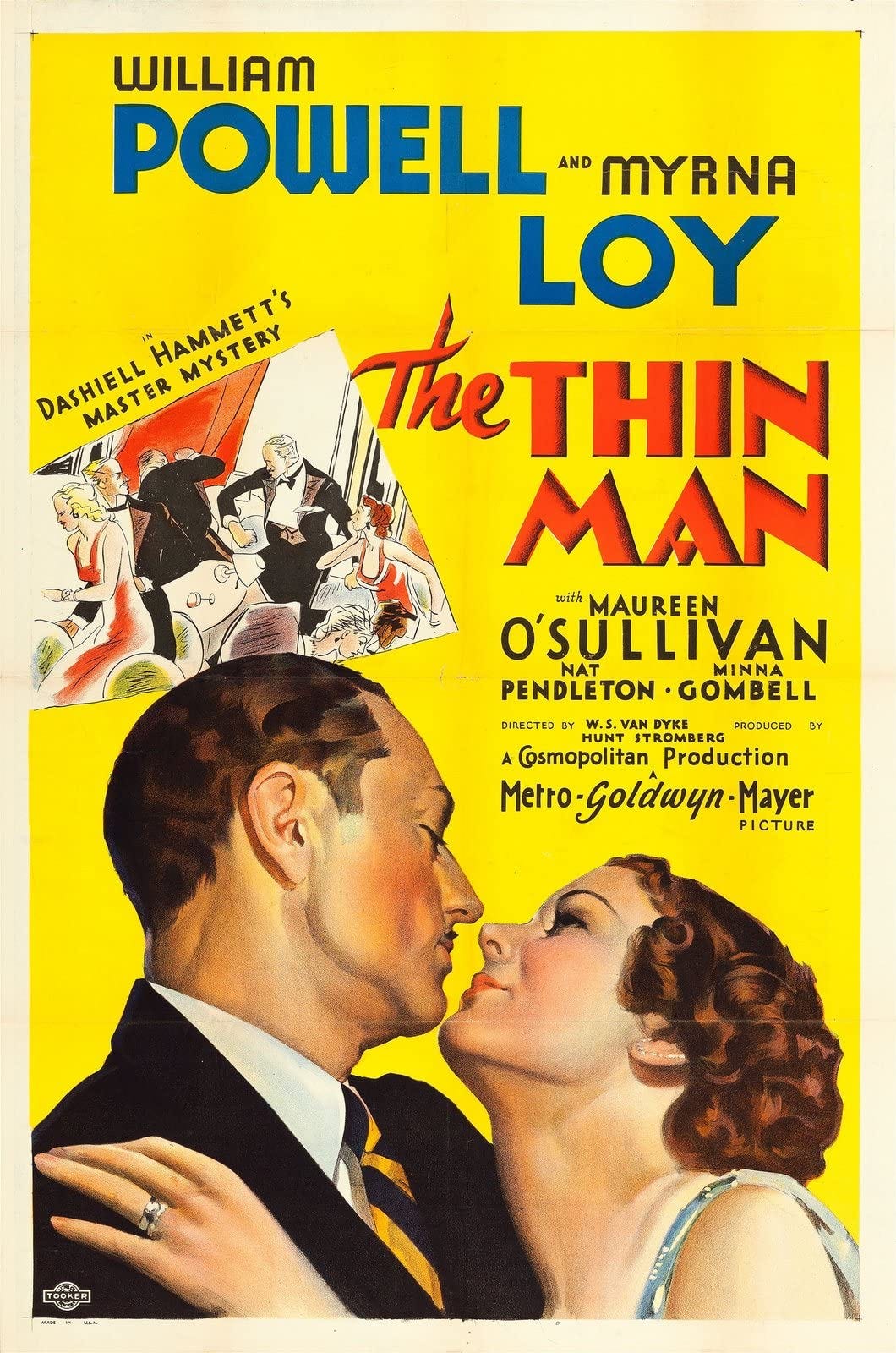
This one has always been on my list to read. Perfect way to end noirvember.
I’m excited to re-read this one! I love the Thin Man movies and when TCM has a marathon I stay to the end. My favorite is the Thin Man Goes Home, because it puts our dear detective outside his comfort zone. But to me the book is a different animal from the movies because of the first person narration, a hard-boiled detective technique that I really like.